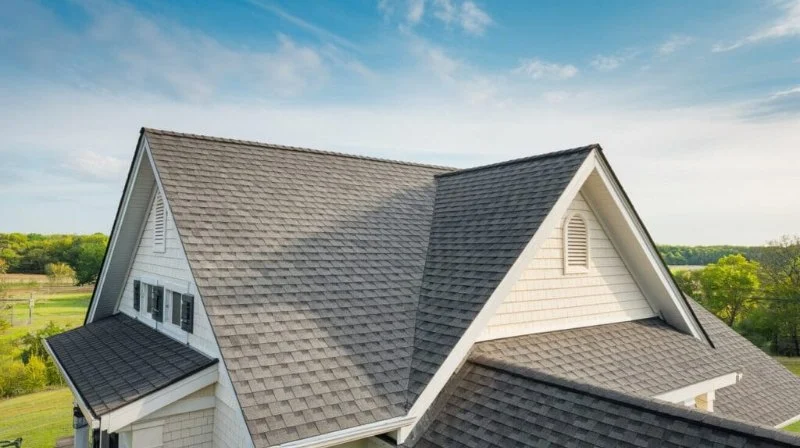
- what-is-roof-pitch-and-how-it-is-measured - What Is Roof Pitch and How It Is Measured?
- why-roof-pitch-matters-in-different-canadian-climates - Why Roof Pitch Matters in Different Canadian Climates
- the-impact-of-roof-pitch-on-material-selection - The Impact of Roof Pitch on Material Selection
- how-pitch-affects-water-drainage-and-snow-load - How Pitch Affects Water Drainage and Snow Load
- real-life-case-study-a-homeowner-in-pickering - Real-Life Case Study: A Homeowner in Pickering
1. What Is Roof Pitch and How It Is Measured?
Roof pitch refers to the steepness or slope of a roof and is typically measured as a ratio of vertical rise to horizontal run—commonly written as "4:12", meaning the roof rises 4 inches for every 12 inches of horizontal distance. It may sound technical, but understanding this number is essential when planning a new build or a roofing replacement, especially in regions like Ontario where climate can heavily influence roofing requirements.
Contractors and architects rely on roof pitch to determine everything from material choice to drainage efficiency. A low slope (under 4:12) may not be suitable for certain types of shingles or heavy snow zones, while a steep pitch often allows for faster runoff and greater attic space.

Vancouver Moss Removal / moss removal north vancouver
VancouverMetro VancouverBritish Columbia
1615 Frances St #105, Vancouver, BC V5L 1Z3, Canada
2. Why Roof Pitch Matters in Different Canadian Climates
Canada’s varied climate zones—from the wet coastal areas of British Columbia to the snow-heavy regions of Quebec—make roof pitch especially important. In places where snowfall is frequent, like Alberta and parts of Ontario, a steeper pitch (such as 6:12 or greater) is essential to reduce the risk of snow accumulation and potential structural strain.
On the other hand, homes in relatively milder areas, such as the southern tip of British Columbia, might benefit from a lower pitch that supports solar panels or green roofing solutions. Matching the roof pitch to your environment isn’t just smart design—it’s critical for long-term durability and cost-effectiveness.

Atlas-Apex Roofing Inc. / atlas apex toronto
65 Disco Rd, Etobicoke, ON M9W 1M2, Canada
3. The Impact of Roof Pitch on Material Selection
Choosing the right roofing material isn’t just about aesthetics—it has to align with your roof’s pitch. For instance, asphalt shingles, the most common roofing material in Canada, are best suited for pitches above 4:12. For lower slopes, materials like rubber membrane (EPDM) or modified bitumen are often used because they handle standing water better.
An architectural firm in Toronto shared an example where a client's shallow-pitched modernist home couldn’t support traditional shingles without risking leaks. Switching to a flat-roof solution not only fixed the issue but also allowed for the addition of a rooftop garden—a growing trend in urban Canadian housing.
4. How Pitch Affects Water Drainage and Snow Load
A properly pitched roof plays a critical role in water runoff and snow management. Too flat, and water may pool—leading to leaks, mold, or ice dams during Canadian winters. Too steep, and the structure may be more expensive and require extra framing support. In snowy regions like Northern Ontario or Winnipeg, a steeper pitch reduces snow load risks and potential insurance claims.
It’s also worth noting that gutter systems and flashing design need to adapt to the roof pitch. An improperly designed system can lead to water backing up under the shingles during freeze-thaw cycles. If you’re unsure what works for your property, you can always consult roofing professionals through Pickering Roofing—they specialize in matching materials and roof pitch for optimal year-round performance.
5. Real-Life Case Study: A Homeowner in Pickering
Take the case of Maria, a homeowner in Pickering, Ontario. When she purchased her 1970s bungalow, she didn't think much about the low-slope roof. But after just one particularly heavy winter, she noticed water spots forming on her ceiling. A quick inspection revealed pooling water that wasn’t draining properly due to the shallow pitch and outdated materials.
Maria turned to Pickering Roofing, who recommended converting her roofing material to a modern, low-slope compatible membrane and adding custom eavestroughs. The result? Not only did the roof handle the following winter without issue, but energy efficiency also improved due to better insulation. This case underscores the importance of understanding your roof pitch before trouble strikes.

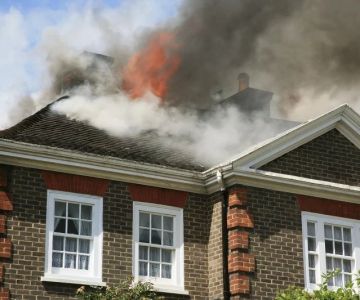
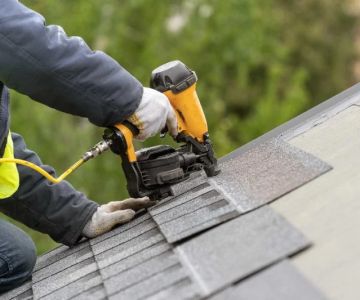
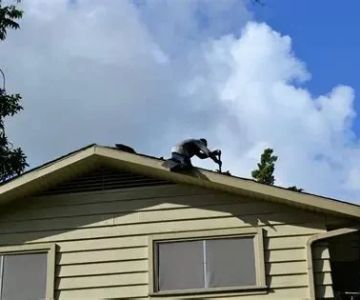
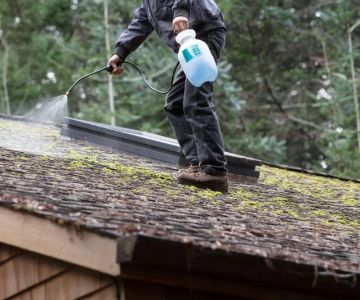
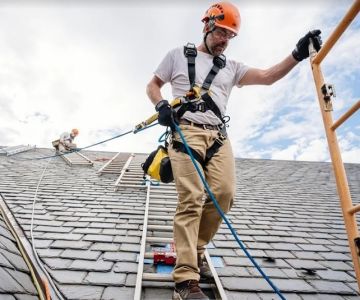

 Primo Roofing4.0 (9 reviews)
Primo Roofing4.0 (9 reviews) Above It All Roofing Inc5.0 (34 reviews)
Above It All Roofing Inc5.0 (34 reviews)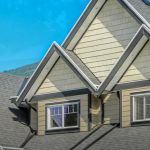 Kitchener Affordable Roofing3.0 (3 reviews)
Kitchener Affordable Roofing3.0 (3 reviews) Aqwa Building Solutions4.0 (19 reviews)
Aqwa Building Solutions4.0 (19 reviews)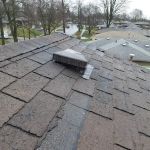 Living My Dream Roofing4.0 (21 reviews)
Living My Dream Roofing4.0 (21 reviews)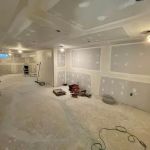 ARF EXTERIOR CONSTRUCTION INC.0.0 (0 reviews)
ARF EXTERIOR CONSTRUCTION INC.0.0 (0 reviews) How Much Does a New Roof Cost in 2025? Canadian Roofing Price Guide
How Much Does a New Roof Cost in 2025? Canadian Roofing Price Guide Top Signs Your Roof Has a Leak and What to Do About It in Canada
Top Signs Your Roof Has a Leak and What to Do About It in Canada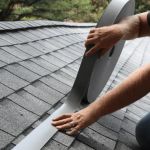 Can You Install a New Roof Over an Old One in Canada?
Can You Install a New Roof Over an Old One in Canada? The Top Questions to Ask Before Hiring a Roofer in Canada
The Top Questions to Ask Before Hiring a Roofer in Canada What Are the Most Common Roofing Scams and How to Avoid Them in Canada
What Are the Most Common Roofing Scams and How to Avoid Them in Canada How to Prepare Your Home for a Roofing Project in Canada
How to Prepare Your Home for a Roofing Project in Canada